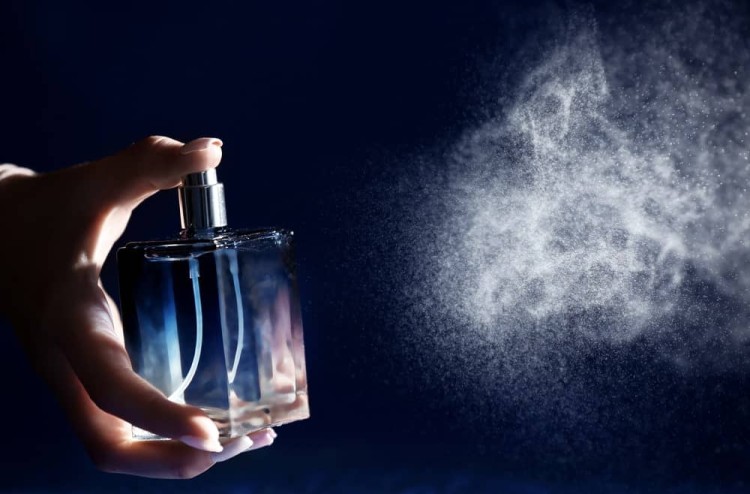
A perfume may be defined as any mixture of pleasantly odorous substances. Originally all the products used in perfumery were of natural origin. The finest modern perfumes are neither wholly synthetic nor yet completely natural. The demand is increasing day by day due to increase in the standard of living. The demand will further increase as there is good export potential as well local consumption.
Perfumes occupy an important place in modern life style. Apart from cosmetic and toiletry products perfumes are used in many products to mask odor and improve appeal.
A perfumery compound is not a single material of clearly defined properties, but rather a mixture of individual chemicals, each behaving according to its own unique attributes. Characterizing these chemicals separately, and then combining their effects, allows the behavior of the complete perfume composition in diverse media to be understood. Important properties of fragrance chemicals include volatility, polarity, surface activity and stability. Considering the fact that perfume raw materials are themselves quite often complex mixtures of synthetic or natural (e.g. essential oils) organic compounds, the determination of the composition of an unknown perfume, the so called perfume-formulation process, is not an easy task.
Requirements of Perfumery compounds
If a compound is to serve as a synthetic perfumery compound it has to comply with three essential requirements and failure of any of these requirements will prevent it being a useful synthetic perfumery compound.
Most of the thousands or millions of low molecular weight aliphatic compounds have an odour but, despite this, very few of them are useful as synthetic perfumes since very few have the required combination of useful odour characteristics (especially when blended), stability to compositions in which they can be used (e.g. soaps), and low cost.
There is a continuing demand for new synthetic perfumery compounds, especially compounds that are easy to make economically and that have perfumery properties that render them very valuable for use in a wide range of perfumery compositions.
Market Outlook
India has a population of 1.21 billion growing at 1.41% per annum; it is a young country with almost 65 % population below the age of 30 years.
Indian fragrance industry has a promising future with the Indian FMCG market expected to grow at 12-15% for next 5 years and also with the rise disposable income, the per capita consumption of various personal care products is expected to grow significantly.
India fragrance market has showcased a steady growth during the span of last five years FY’2010-FY’2015. The expanding product lines due to significant technology advancements and growing importance towards personal grooming and appearance coupled with increasing consumer spending on beauty and wellness products has contributed to the growth of the market. Out of all the fragrances, the floral fragrance is most popular due to varied uses ranging from perfumes, colognes to home cleaning products. Hot and humid climate conditions and increasing population of working class has propelled the fragrance market in India. The market for fragrance is expected to flourish at a significant CAGR of 14.2% with the revenues from sales of fragrance products marked at USD ~ million by FY’2020.
The global perfume market has been forecast to reach a value of approximately US$45.6 billion by 2018, driven primarily by growth expected in the underpenetrated emerging markets and innovative product launches.
The market is set to benefit from the growing trend towards consumer urbanization, higher spending propensity and the heightened importance on personal appearance and grooming. In addition, increased demand for youth-oriented, floral and exotic fragrances and celebrity perfumes will set the pace for rapid market expansion.
Increasing usage of perfumes among the young population, increasing online retail penetration, product push strategy by key global players, availability of perfumes in different price ranges, and increasing consumer spending on personal and beauty care products are major factors expected to drive the growth of the global perfumes market over the forecast period. However, availability of counterfeit products and use of harmful chemical ingredients are some of the factors expected to hamper the growth of the global perfumes market over the forecast period.
The global perfumes market is witnessing a growing trend of customized perfumes and the use of renewable ingredients in perfume manufacturing. Global perfume manufacturers are also venturing into the production of microbial based natural perfumes to cater to the increasing health awareness among consumers.

|

|
Currently, there are no comment.
Login to comment